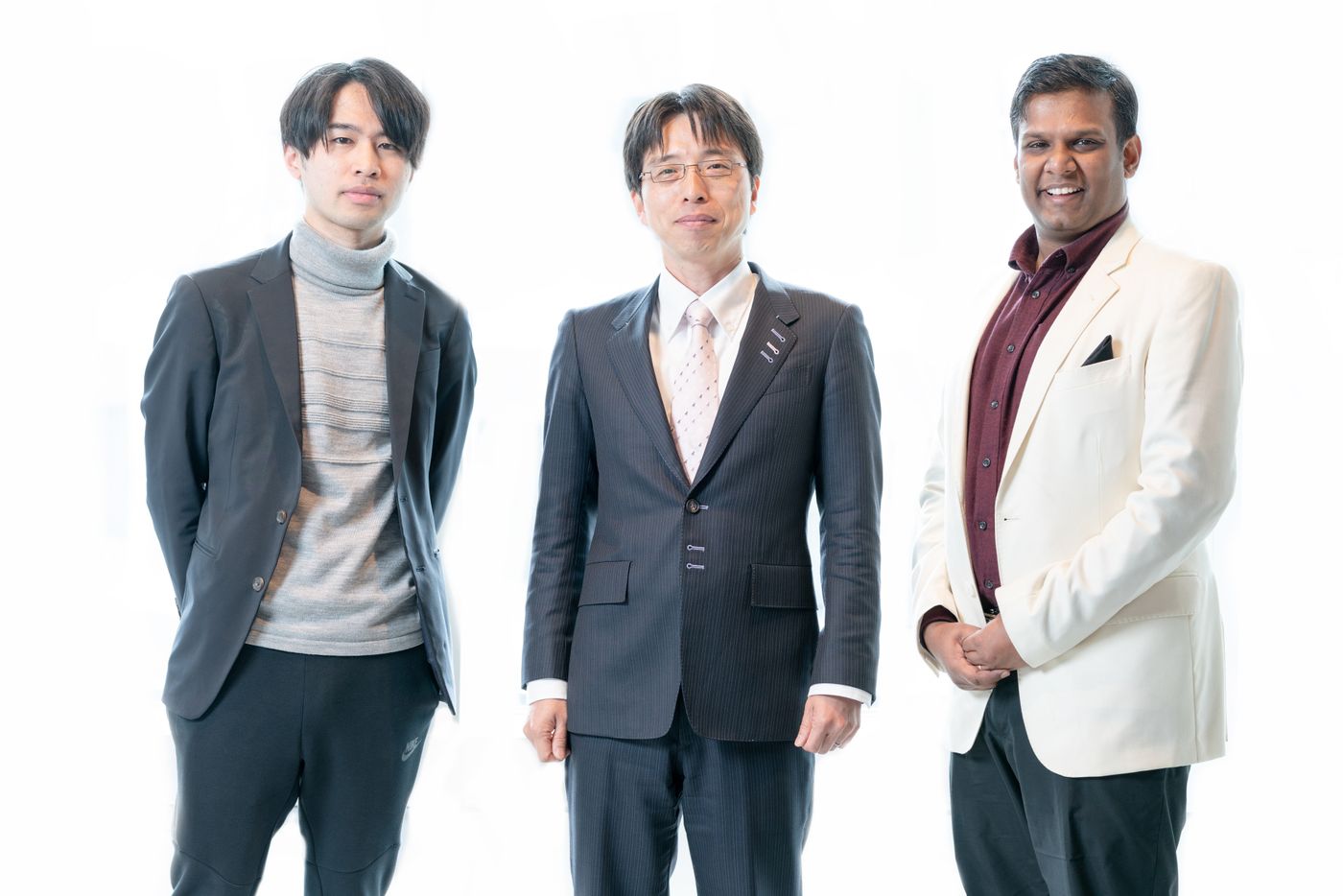Japanese Innovators Entering ASEAN: Aster
Shanthanu Rajasekharan and Masaomi Suzuki
Aster Co. Ltd.’s goal is social impact: building earthquake-resistant communities around the world. They achieve this by creating innovative coating technology that strengthens existing masonry buildings, a common and vulnerable structure in earthquakes. This technology helps prevent buildings from collapsing during earthquakes, saving lives. Aster's mission highlights the potential of startups to tackle global challenges and make a positive difference. With that, why don’t you join me in learning more about Aster with its Co-Founder Shanthanu Rajasekharan, and its Chief Executive Officer, Masaomi Suzuki
How have your previous career experiences shaped you into the person you are thus far?
Mr. Rajasekharan: I am from India and had my education in structural engineering there. One of my research topics there was research engineering. To do my PhD, I wanted to be in a place where people were experiencing earthquakes. This was the reason why I went to Japan. It was one of the best decisions I’ve ever made. Here, I did my PhD in Disaster-Mitigation Engineering. Afterwards, I became an engineering consultant. I also worked in the finance sector as a catastrophic risk analyst. I’ve broadened my perspective about disaster mitigation and what it takes. That is what drives me: thirst for knowledge as well as giving back to society.
Mr. Suzuki: I was part of a company called SG Co. Ltd., which was responsible for the structural maintenance of infrastructures in Japan. Its product, which was paint, was initially developed for the maintenance market in Japan. Not long after this, I met Mr. Yamomoto. The idea for Aster formed when we met: that the existing paint product which was developed for maintenance could be used for retrofitting of structures.
In addition to the research that was done with this product, we visited regions that were impacted by earthquakes. One of the regions we visited heavily impacted me and further motivated me to do something for society. We also took part in startup events. In one of these events, we were given the chance to pitch to investors in Silicon Valley.
What is Aster and what does it aim to solve?
Mr. Rajasekharan: Our vision is to make the world disaster-resilient. Our mission is to have 0 fatalities due to earthquakes. Why earthquakes? Because they are unpredictable and difficult to act on. Also, in the past 50 years, it has been the main reason why people die due to natural calamities.
Is Aster's technology adaptable to different types of masonry construction and seismic zones?
Mr. Rajasekharan: Masonry is a complicated structural type because it highly depends on the location. There are specific ways these masonry walls break, especially during an earthquake. What our technology does is that it makes masonry strong where it is weak. We make sure that these masonry are safe and sound. With this in mind, our technology is adaptable to these different types of masonry.
Mr. Suzuki: With regards to seismic zones, we did shake table tests on masonry walls of a school building in the Philippines. They managed to survive high seismic activity, which was a 7 (maximum) on the Japanese Intensity Scale. This indicates that if walls remain intact and stable with a high seismic activity, then they can survive the most common ones which are lower. We are also working on the risk appetite of clients we will be working with. We modify our product to suit what the actual demand is.
How does Aster measure its success in achieving its mission of "Zero earthquake victims"?
Mr. Rajasekharan: It’s mainly counting the people impacted by our technology. If a family uses our product and an earthquake suddenly hits, then we were able to save that family. But this doesn’t mean to say that we want an earthquake to happen just to prove that our product works. What we mean to say is that we want people to use our product before something bad happens.
Beyond earthquakes, is Aster considering expanding its technology to address vulnerabilities in other natural disasters?
Mr. Rajasekharan: In terms of our technology, we are thinking of linking it with a financial product. The idea is about loaning. If our customers are short in cash but want to strengthen their homes and find comfort in safety, we would want our customers to be able to avail our product through financial means. We hope to incentivize safety through banking loans, and hopefully into insurance.
In terms of products, we would want to further explore typhoons as a next step to earthquakes. There are also a lot of people who are impacted by typhoons yearly.
Shanthanu is the Co-Founder of Aster Co. Ltd. He is responsible for business and operations of the company. Masaomi is the Chief Executive Officer of Aster Co. Ltd. His role is to ensure that the company is able to achieve its mission and vision successfully. Both Shanthanu and Masaomi are committed to protecting lives, achieving a 0% fatality rate when it comes to earthquakes.
Visit www.techshake.asia if you would like to know and connect more with Aster.
Are you a startup, investor or corporation? Or do you just enjoy talking about startups? There are many ways that you can work with TechShake.
We’d love to hear from you!